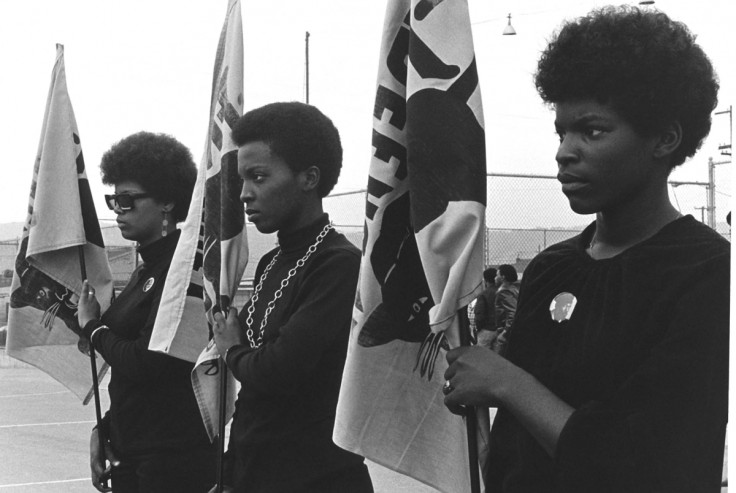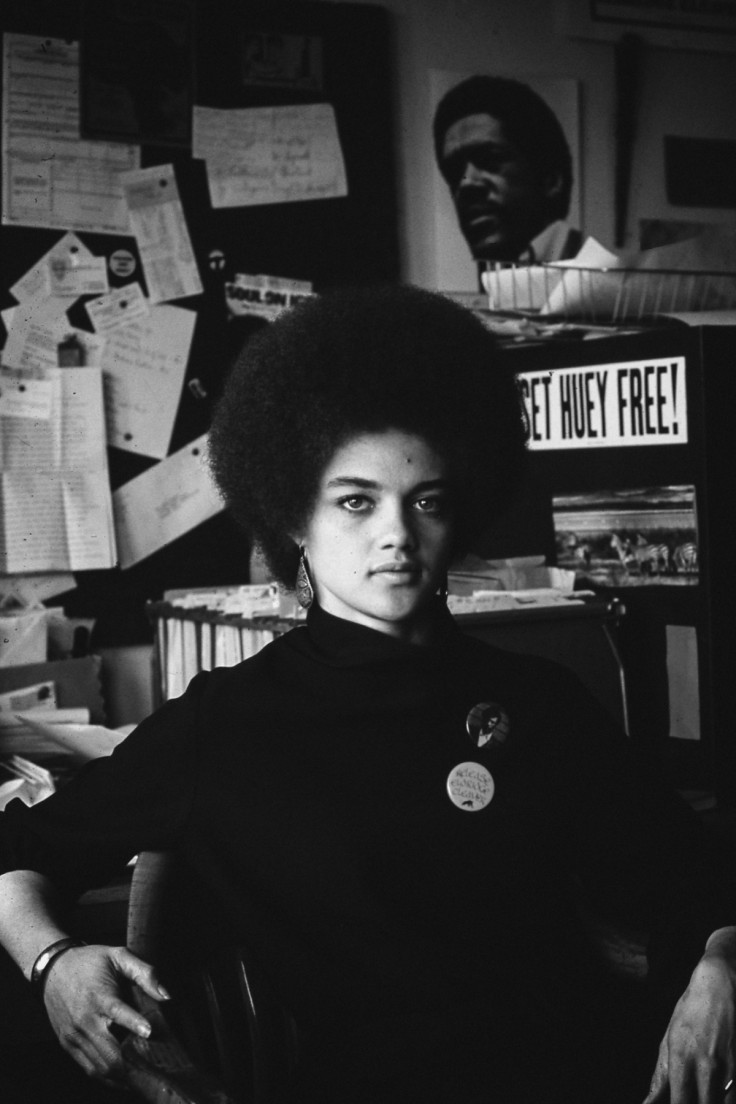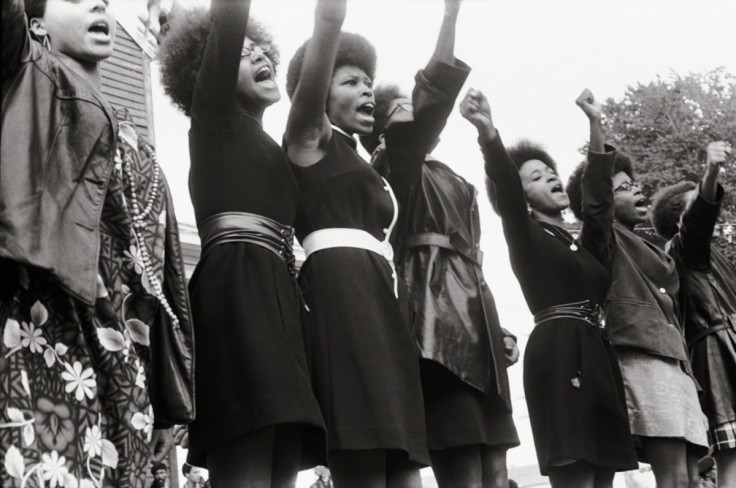Women of the revolution: More than 50% of the Black Panther Party were women and carried guns

The image of the Black Panther is a gun-toting macho man, with a signature beret worn at a jaunty angle, dressed in a black leather jacket. But during the early 1970s the movement was almost two-thirds female. During the making of The Black Panthers: Vanguard of the Revolution, director Stanley Nelson discovered during his research for the film the extent to which women played an integral part. "The role of women was central. They were over 50% of the movement.
"It was Panther ideology. At least there was an effort made which was different from some of the other organisations. Some of the Panther models were taken from women in the South American revolutionary movement."
Women were involved on every level in the Black Panther Party, such as Audrea Jones, who founded the Boston Chapter of the Black Panther Party, Kathleen Cleaver who was the press secretary, and Peaches, who fought side by side with Geronimo Pratt in the Southern California Chapter.

The women were not relegated to the kitchens or in traditional female roles but worked alongside the men in active, leading positions. As the Black Panther Party (BPP) grew in strength and popularity, J Edgar Hoover, head of the FBI in 1968 declared it to be one of the greatest threats to the country. Evidence revealed much later his willingness to use any means, including blackmail, informants, illegal wiretaps, burglary and planted evidence.
The FBI intensified its bid to eradicate the Black civil rights movement, the bureau imprisoned many of the male leaders, paving the way for female leaders, so that not only the majority of the rank and file were female but also in top positions.
Elaine Brown gained prominence in the movement and was chairwoman of the Black Panther Party from 1974 to 1977. Before becoming involved with the BPP, Brown was working as a singer in Hollywood nightclubs. The start of her political involvement began when she started writing for the radical Black Congress Newspaper and became aware of the Black Panther Party through appeals for the Huey Newton Legal Defense Fund. Newton was imprisoned in 1967 for killing a police officer.
As a member of the Los Angeles BPP chapter, Brown helped establish the party's first Free Breakfast for Children programme outside of Oakland, California. Brown became editor of the party paper, The Black Panther in 1971 and was elected the first female member of the Panther Central Committee.
As a political movement, the BPP was committed to treating men and women equally and Fred Hampton, the deputy chairman of the Illinois chapter was outspoken in condemning sexism, regarding it as counter-revolutionary. The party officially supported women's reproductive rights, including abortion and also condemned and opposed prostitution.
Many women Panthers were also involved in local-level activism, providing food, housing and healthcare in local black communities. J Edgar Hoover was particularly suspicious of the food programmes, saying: "This programme was formed by the BPP for obvious reasons, including their efforts to create an image of civility, assume community control of Negroes, and to fill adolescent children with their insidious poison."
The BPP newspaper was committed to portraying party members like Kathleen Cleaver and Erika Huggins in non-stereotypical roles. The newspaper often showed women as active participants in the armed self-defence movement, picturing them with children and firearms. As Nelson observed, it was a "much more radical step to see women carrying guns."
From 1968 to the end of its publication in 1982, the head editors of the Black Panther Party newspaper were all women and in 1970, approximately 40-70% of party members were women and several chapters were headed by women.

But the idealism and feminist principles were not admired by everyone in the BPP and there was opposition from men about women having power and key roles in the movement. "That definitely existed," says Nelson. "Did we achieve equality? No, we didn't. There was sexism back then and we have sexism today, fifty years on."
In Elaine Brown's autobiography, Taste of Power, she describes the treatment of female Panthers which included physical and sexual abuse. She realised that women "would have to fight for the right to fight for freedom". By 1975, she concluded that "the value of my life had been obliterated as much by being female as by being black and poor".
Brown admits that she did not always speak out against how women were treated. Especially after Newton was released from jail and returned to prominence in the party, there was an increasing hostility towards its female leadership.
Regina Davis, who managed the Panthers' school, was beaten up by men in the BPP for criticising a male colleague. She ended up in hospital with a broken jaw. Brown writes that when she told Newton of her anger, he refused to take action against the men and instead challenged Brown to a debate in the central committee.
This rift caused Brown to leave the BPP. Describing her experiences, she said: "A woman in the Black Power movement was considered, at best, irrelevant. A woman asserting herself was a pariah. If a black woman assumed a role of leadership, she was said to be eroding black manhood, to be hindering the progress of the black race. She was an enemy of the black people.... I knew I had to muster something mighty to manage the Black Panther Party."
The importance and influence of the BPP still continues today, says Nelson. "I think that is certainly part of the legacy. It's about confrontational politics." Protests and demonstrations such as #femaleblacklives matter and #blacklivesmatter raise the debate about the fraught relationship between the police and the black community.
© Copyright IBTimes 2025. All rights reserved.




















